Aquatic Invertebrates
Media
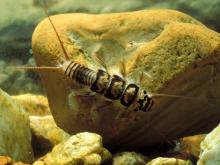
Species Types
Scientific Name
There are hundreds of species in North America
Description
Stonefly larvae are aquatic and somewhat resemble the larvae of mayflies and damselflies. Their presence usually indicates good water quality.
Media

Species Types
Scientific Name
About 1,500 species in North America north of Mexico
Description
The aquatic larvae of caddisflies are famous for building portable, protective cases out of local materials, including grains of sand, bits of leaves and twigs, and other debris. The adults are mothlike.
Media
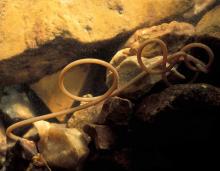
Species Types
Scientific Name
About 350 species scientifically described.
Description
Adult horsehair worms can be nearly 3 feet long and live in water. They are practically featureless, smooth, aquatic worms that writhe into knots and curls.
Media
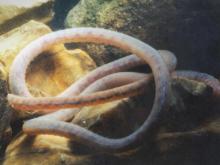
Species Types
Scientific Name
Tubifex spp. and other aquatic tubificid annelids
Description
Tubificid worms, as a group, include the tubifex worms that aquarists feed to their pet fish. These segmented worms are related to earthworms and like them are detritus eaters.
Media
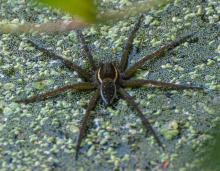
Species Types
Scientific Name
Dolomedes spp., Tetragnatha spp., and others
Description
A variety of spiders are adapted for live on and around water. Many of these are called fishing spiders. Several have the ability to run across the water’s surface. Some build webs, others do not.
Media

Species Types
Scientific Name
Dugesia, Planaria, and other genera
Description
Unlike their parasitic cousins in the flatworm group, turbellarians, or planarians, are tiny carnivores or detritus-eaters that glide smoothly across submerged leaves and other objects.
Media

Species Types
Scientific Name
Amblema plicata
Description
Sometimes called the blue-point, this mussel species is widely distributed in Missouri rivers and is occasionally found along reservoir margins.
Media

Species Types
Scientific Name
Bivalve molluscs in order Unionoida
Description
Secretive and seldom seen, freshwater mussels are extraordinarily diverse in Missouri. We have nearly 70 species within our borders. Many are declining, and several are endangered.
Media

Species Types
Scientific Name
Over 20 Missouri species in former subclass Prosobranchia
Description
Gilled snails are one of two main groups of aquatic snails in Missouri (the other group is the "lunged" snails). Gilled snails, or prosobranchs, breathe with gills and possess a hard trapdoor-like operculum. They are most common in the Ozarks.
Media
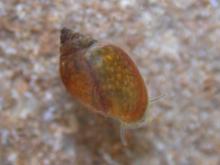
Species Types
Scientific Name
Over 30 Missouri species in former subclass Pulmonata
Description
Pulmonate, or lunged snails breathe via a lunglike pulmonary cavity, and they lack the hard trapdoor-like operculum found in gilled snails. Except for in the Ozarks, pulmonate snails predominate in most of the aquatic regions in our state.
See Also
About Aquatic Invertebrates in Missouri
Missouri's streams, lakes, and other aquatic habitats hold thousands of kinds of invertebrates — worms, freshwater mussels, snails, crayfish, insects, and other animals without backbones. These creatures are vital links in the aquatic food chain, and their presence and numbers tell us a lot about water quality.





















